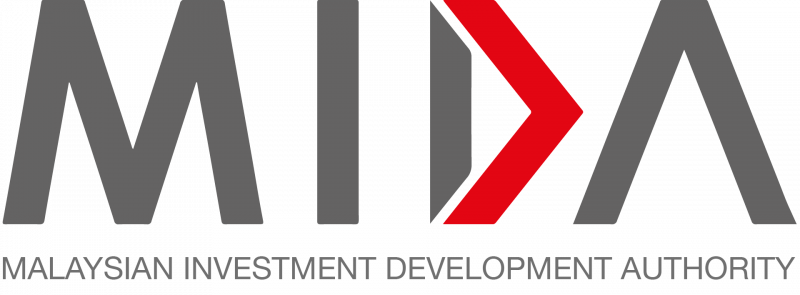S’wak’s PHES potential high, could boost renewable focus, says Julaihi
27 Aug 2024
Sarawak’s pumped hydro energy storage (PHES) potential is high and could potentially contribute to the focus on renewables and green solutions for the state, said Dato Sri Julaihi Narawi.
The Minister for Utility and Telecommunication said two potential sites have been identified for proof-of-concept studies, and a successful first model will assist in identifying more sites.
“One of the facilities is envisioned to be developed between our Bakun and Murum hydroelectric plants. The other facility will be built in the Padawan area of Kuching,” he said in a statement yesterday.
Julaihi, who is currently leading a Sarawak delegation to Australia, believes the potential application of PHES in the state, once proven to be feasible, ‘is large’.
The delegation is in Australia to study the country’s energy transition and sustainable development journey, specifically its experience with PHES.
“Even beyond PHES, Sarawak and Australia can learn from one another with potential areas of collaboration and partnership driving the energy transition in the respective regions.
“Sarawak will potentially apply these relevant aspects to the state’s own energy transition policy and plan with the support ofP4I,” he said, following a meeting with Australia’s Department of Foreign Affairs and Trade and Partnerships for Infrastructure (P4I) in Australia.
With the support of Sarawak Energy Berhad (SEB) as the implementing agency, the Ministry of Utility and Telecommunication has been driving the shift to renewables with an emphasis on renewable hydropower development, he added.
Julaihi informed the delegation host that Sarawak had first embarked on its energy transition programme with the launch of the Sarawak Corridor of Renewable Energy (SCORE) in 2008, harnessing the state’s hydropower potential to power Sarawak’s growth and development.
“In 2021, Sarawak also launched the Post Covid-19 Development Strategy (PCDS) 2030, which has identified renewable energy as a key enabler for Sarawak’s transformation into a high-income society by 2030. Under PCDS, Sarawak is also exploring various renewable energy resources or technologies available.
“To progress, we have been tasked with achieving 10 gigawatts by 2030, from 5,745 megawatts of energy as of December 2023,” he said.
The Sarawak government is confident that it will achieve the goal by continuing to advance sustainability and renewable strategies, including leveraging resources such as solar, biomass, and hydropower, with the latter being the foundation of the state’s energy transition.
Among those present were SEB chief operating officer James Ung and Australian National University Prof Andrew Blakers.
Source: Borneo Post


